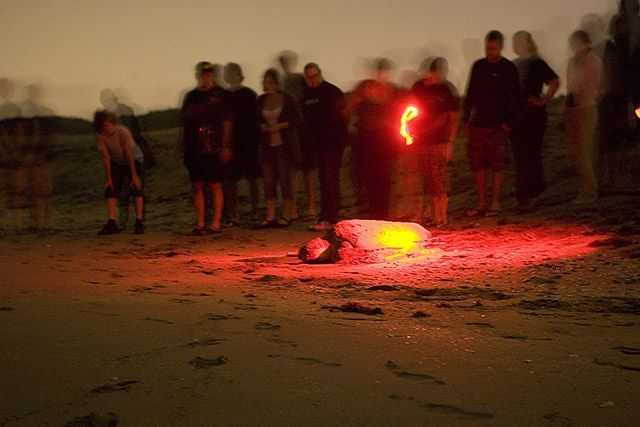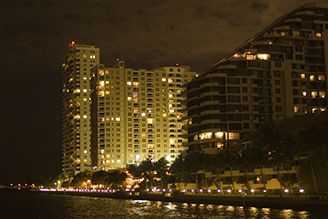

Of all the ways that the increasing human population has fundamentally changed Earth, the one that is equally apparent from both space and your backyard is the glut of nighttime light. The proliferation of man-made light has been found to affect, among other things, the biological rhythms of fish, birds and locally, sea turtles.
Anglers are very aware of this. In Florida one of the most fun places to toss a shrimp at night is under a lit dock. An unlit dock may host fish but the lit one has feeding fish. A 2005 study looking at the reaction of striped mullet to lights showed that they had a strong positive response, they move toward it, even though they are for the most part daytime feeders.
Undoubtedly snook and other nocturnal feeders have picked up on that. It is this movement toward light that anglers take advantage of, but an interesting observation is that too much light can cause the fish to stay back, maintaining a distance from the light where they are comfortable. They are drawn to the light but not necessarily the brightest reach of it. Getting the fish to come in closer may be as simple as dimming the light – their comfort zone based on intensity then shifts closer to the source.
Lights have unfortunately wreaked havoc with birds since the invention of the light bulb. In naturally dark areas, birds that normally hunt in darkness are completely out of their element in the presence of artificial light. They will circle near the bulb to the point of exhaustion. Seabirds that specifically target bioluminescent plankton are often tricked by the light from squid fishermen. And during bi-annual migrations, nocturnal birds use the light of the moon and stars to navigate. Light from towers, buildings, and even lighthouses can be disorienting enough to lead to deadly collisions.
Florida wildlife’s most adverse reaction to artificial light is arguably that of nesting sea turtles and their hatchlings. In the past fifty years the development of our outermost barrier islands is frequently discussed concerning climate change and rising sea level, but I challenge you to remember the days when there were neither street lights nor illuminated parking lots at the beach, and that era to the sea turtle extends back millions of years. When I moved to this part of Florida in the seventies, it was not unusual to encounter sea turtle hatchlings and even the occasional adult female straying across A1A in pursuit of light sources that mimicked their own perception of the ocean horizon. “Progress’ included changes in visitors’ expectations and the need for security have lead to what we now know was unmitigated light pollution. Thanks to an increased understanding of sea turtle vision – they do not see red light as well as we do – and their ancient rituals, mandated light ordinances in all seaside counties have led to significant strides in sea turtle conservation.
In celebrating Earth Day and our stewardship of the realm of darkness that in my opinion humans have never mastered, we have some suggestions. It turns out that Dad’s constant reminders to shut lights off when you’re not using them is one of the first steps you can take to minimize your own contributions to light pollution. Make good use of light shields, dimmer switches, timers and long wavelengths, like red and yellow bulbs, and spread the word to neighbors and friends that using only the light you need to do the job goes a long way to preserving our quality of life.